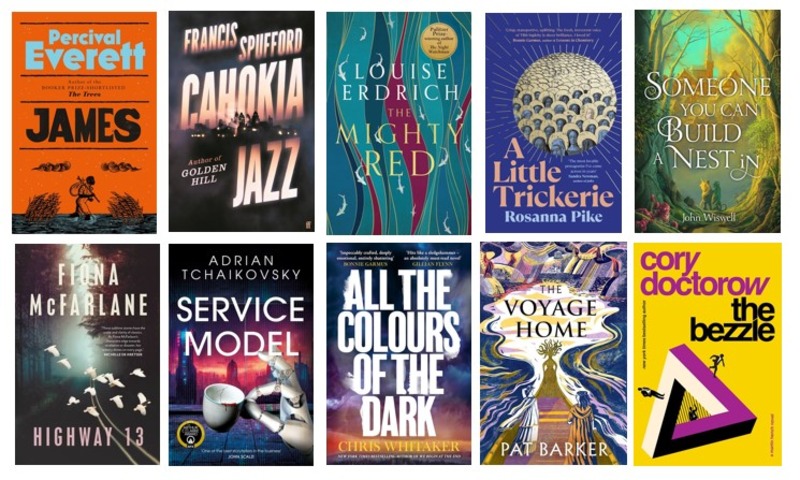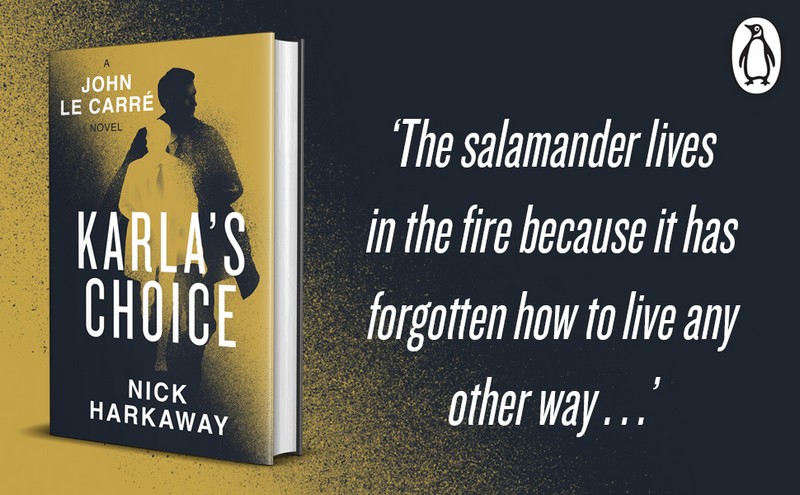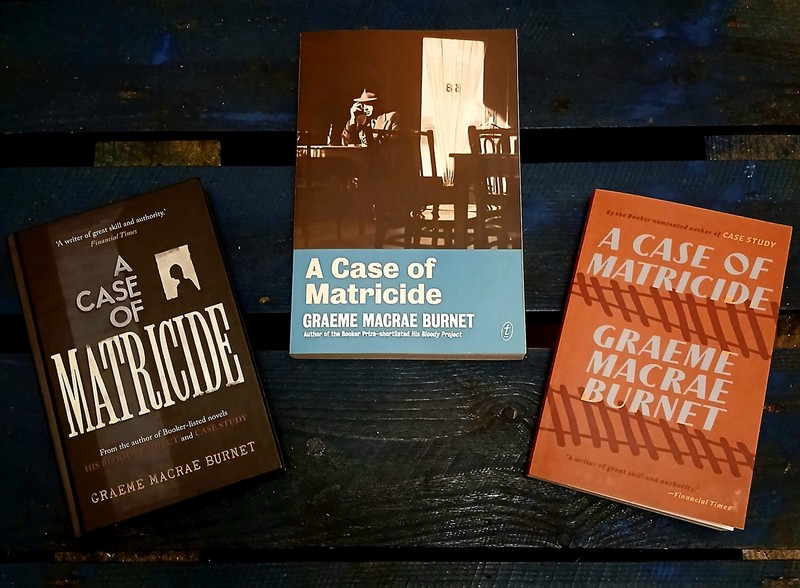 Australian crime author Sulari Gentill is probably best known for her historical Roland Sinclair series. But as her 2018 Ned Kelly Award winning novel Crossing the Lines (also known as When She Wrote Him) showed, she is not above a little meta-textual playing around. In Crossing the Lines, a woman writes a crime novel in which the main character is writing a novel about her. Suffice to say there is a blurring of what is the “reality” of the novel and what is the text. Gentill’s latest novel The Woman in the Library is also a stand alone mystery that very deliberately plays with the form.
Australian crime author Sulari Gentill is probably best known for her historical Roland Sinclair series. But as her 2018 Ned Kelly Award winning novel Crossing the Lines (also known as When She Wrote Him) showed, she is not above a little meta-textual playing around. In Crossing the Lines, a woman writes a crime novel in which the main character is writing a novel about her. Suffice to say there is a blurring of what is the “reality” of the novel and what is the text. Gentill’s latest novel The Woman in the Library is also a stand alone mystery that very deliberately plays with the form.
The Woman in the Library starts with a letter. Leo, an American, is writing to a well known writer called Hannah, he is a fan of her work and offers to help with her current project. We then get Chapter 1 of what turns out to be Hannah’s new project – a book about an Australian writer in Boston, Winnifred ‘Freddie’ Kincaid, who on hearing a scream in the Boston Public Library, becomes embroiled in a murder investigation. When she hears the scream, Freddie is sitting with three strangers and very quickly, bonded by the experience, the four become friends. Although, as Freddie foreshadows at the end of that first chapter one of the three could be a murderer. When that first chapter ends there is another letter from Leo, who is provides comments on use of American terms and suggestions. Leo’s letters will bookend most chapters, leading readers into a totally different story around the edges of the main narrative.
The primary story in The Woman in the Library is a well handled old-fashioned mystery, complete with red herrings, slowly revealed dark pasts and seemingly incompetent police. But this central story never really gets a chance to get going. The letters from Leo at the end of each chapter keep taking readers out of the story, pointing out dialectical errors and making predictions about the plot, almost forcing readers to drop the suspension of disbelief that would help them stick with and navigate a story in which a group of amateurs, including a crime writer, takes it on themselves to solve a crime. Conversely, Leo’s story is too fragmented and passively delivered to achieve a high enough level of suspense to work effectively. So that rather than reinforcing and playing on each other, as the two strands did in Crossing the Lines, the two stories in The Woman in the Library tend to work against each other.
Much like Crossing the Lines, Gentill uses her text and her meta-text to consider issues related to writing, and crime writing in particular. Through Freddie and the fictional Leo (in Hannah’s book) we get a primer to different kinds of crime fiction writing styles – the get on the bus and see where it goes freewheeling style and the meticulously plotted style. But there is also plenty of exploration, courtesy Leo’s letters, of issues of modern crime writing including how to treat the current pandemic, the role of race and the way it is handled in crime fiction, the pursuit of veracity in the imagining or description of grisly scenes, and of course the struggle to get noticed and published.
So there is plenty for crime readers to enjoy and think about in The Woman in the Library. But it is overall a more cerebral (and often frustrating) than engaging experience.
Robert Goodman
For more of Robert’s reviews, visit his blog Pile By the Bed
Other reviews you might enjoy:
- The Sleepwalkers (Scarlett Thomas) – book review
- The Last Woman in the World (Inga Simpson) – book review
- The Drowning Girls (Veronica Lando) – book review

Robert Goodman is a book reviewer, former Ned Kelly Awards judge and institutionalised public servant based in Sydney. This and over 450 more book reviews can be found on his website Pile By the Bed.



